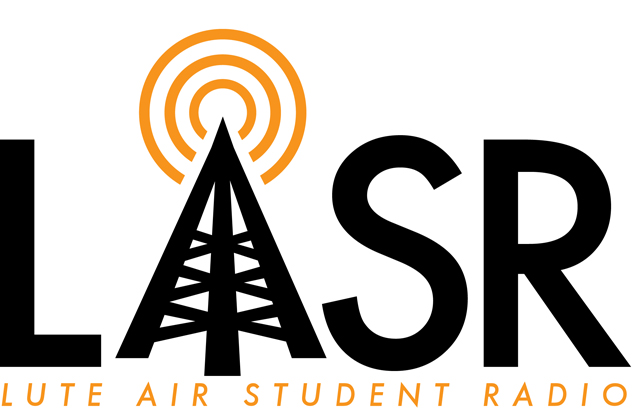Page 1112 • (13,255 results in 0.083 seconds)
-

March 1, 2012 In mid-February the student radio station KCCR changed names to LASR. KCCR is now LASR In mid-February the student radio station KCCR changed names to LASR. An unveiling of the new call sign took place in the Cave with Portland band, Tango Alpha Tango headlining and student group Mister Master opening. The change in name was sparked by the understanding that an AM station in South Dakota had the same name, said Katy Allen-Schmid, LASR’s general manager. “Although they probably
-
In October, diversity of PLU workforce is measured at its highest level in at least a decade. Women comprise 40.6% of the faculty and 56.3% of overall employee group. People of color make up 8.8% of the faculty and 12.0% of the overall employee group.
-
Zulu Hat 3 Zulu Hat 3 Artist: Unknown Zulu Maker Name: Woman’s Hat; isicholo, second half of the 20th century Origin: Zulu people of South Africa Made of: Plant fiber, metal, beads, pigment Dimensions: 17” diameter (43.2cm) From: Gift of Dr. Oliver E. and Pamela F. Cobb, 2010 Accession no. 2010-02-022 Not presently on display South Africa Description: This large wide circular hat is made of overlapping dyed plant fiber on a basketry foundation and colored red using an unidentified pigment. It
-
Student ResourcesGender, Sexuality, and Race Studies students pursue careers in law, advocacy, counseling, education, international policy, health, politics, psychology, social work, sociology, public administration, and history–among many others. Click on the links below to read what graduates from our program have to say about how their degrees prepared them for their careers! (Note that the GSRS Program was the Women’s and Gender Studies (WMGS) Program through the end of Spring 2020.) By
-
So What Can I Do With My GSRS Degree?A degree in Gender, Sexuality, and Race Studies offers students a wide range of career options. Students seeking a major or minor in GSRS have the opportunity to pursue careers in fields such as law, advocacy, counseling, education, international policy, health, politics, psychology, social work, sociology, public administration, and history–just to name a few. GSRS students develop skills in oral and written communication, problem-solving, critical thinking
-
in the first place? One student points out a typo on the handout. “Great, I’ll change that next year,” MacDougall responds. This is MacDougall’s fourth year of teaching, after a seven-year career in broadcast journalism. Though the job and the money was good, MacDougall started to chafe. What difference was he making by giving the sports report each night? So he decided to go back to school to get his masters and start teaching. His wife is supportive, he said. His friends are another matter
-
Minor in Latino Studies 20 semester hours, including: Language 4 semester hours of Spanish language for second language or heritage learners. Students with prior background in Spanish should consult the Language Placement Guide for a recommendation on which course to enroll in. HISP 103, 201, 202, 252, 300, 301 or 351, 331 (4) Latino/a/x Literary, Cultural, and Political Studies 16 semester hours, 4 of which may be substituted with one of the “Alternative Areas of Inquiry” listed below: LTST
-
Welcome to the Carol Sheffels Quigg Greenhouse!The Carol Sheffels Quigg Greenhouse, constructed during Summer 2015, is located between the Rieke Science Center and the Morken Center for Learning and Technology. The facility consists of 1,700-square feet, and contains a single growing space and adjacent head house. The new greenhouse includes fine-grained temperature controls through a Wadsworth VersiSTEP system. Heating and cooling is provided by a separate zone in the existing geothermal
-
practices. Any student hired becomes an employee of the company, agency, or organization and is paid according to the employer’s standard employment practices. At the end of each pay period, the employer requests reimbursement for gross wages that have been paid to the student. The reimbursement rate for non-profits is 70% of gross wages paid, 60% for government agencies, and 40% for private companies. A detailed description of the process is available here. Find links to the forms required to sign up
-
choice or fill-in-the-bank questions directly into a lesson page. This feature can be useful for a number of purposes like collecting formative assessment data and conducting class polls. If an instructor shares a video or reading that students are expected to review before class, the instructor could also post a question that promotes engagement with the resource. Lesson questions allow for automatic grading and feedback, integrate directly into Sakai’s Gradebook, and can display a histogram of
Do you have any feedback for us? If so, feel free to use our Feedback Form.


